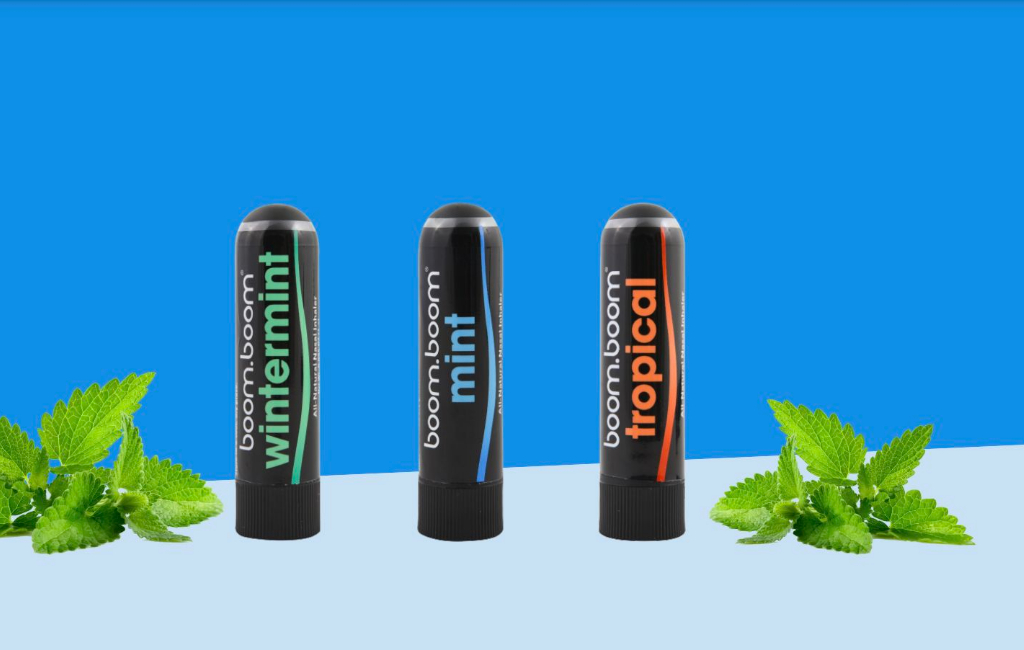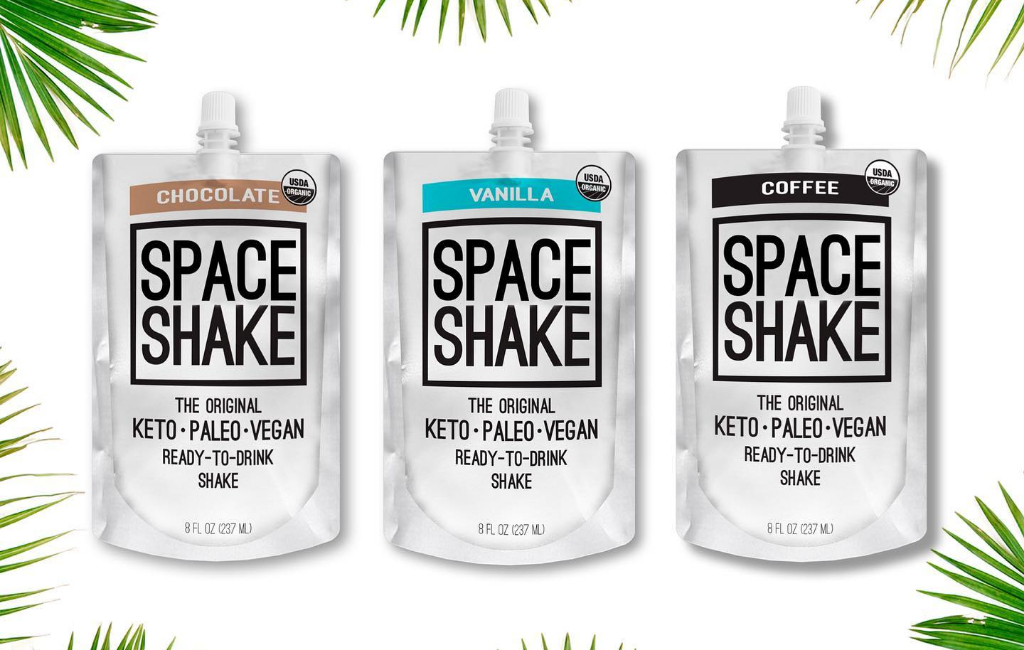Butter Cloth Shirts
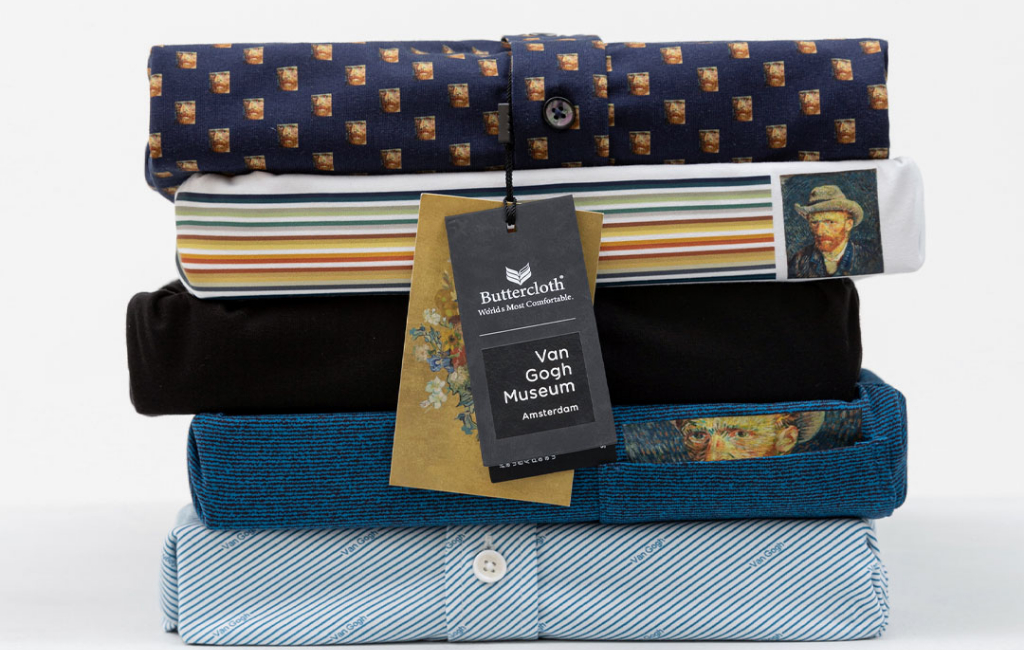

DEAL
EPISODE SUMMARY
🕓 Air Date: October 28, 2018
Asking For:
$250,000 for 10%
Investor:
Robert Herjavec
Deal:
$250,000 for 25%
PRODUCT SUMMARY
Butter Cloth offers a unique fabric made of 100% natural, sustainable, long-fiber cotton, providing the comfort of a T-shirt with the professional look of a dress shirt.
WATCH HERE
IN A RUSH?
Click these to jump to the section you want to read.
Background Story
Gary Falkenburg and Danh Tran, the co-founders of Butter Cloth, hail from Long Beach, California. The genesis of Butter Cloth can be traced back to Gary’s disdain for traditional dress shirts, finding them stiff and uncomfortable. His vision was to create a shirt that provided the comfort of a favorite T-shirt while maintaining a professional appearance. This desire led him to invent Butter Cloth, a revolutionary fabric made from 100% natural, sustainable, long-fiber cotton.
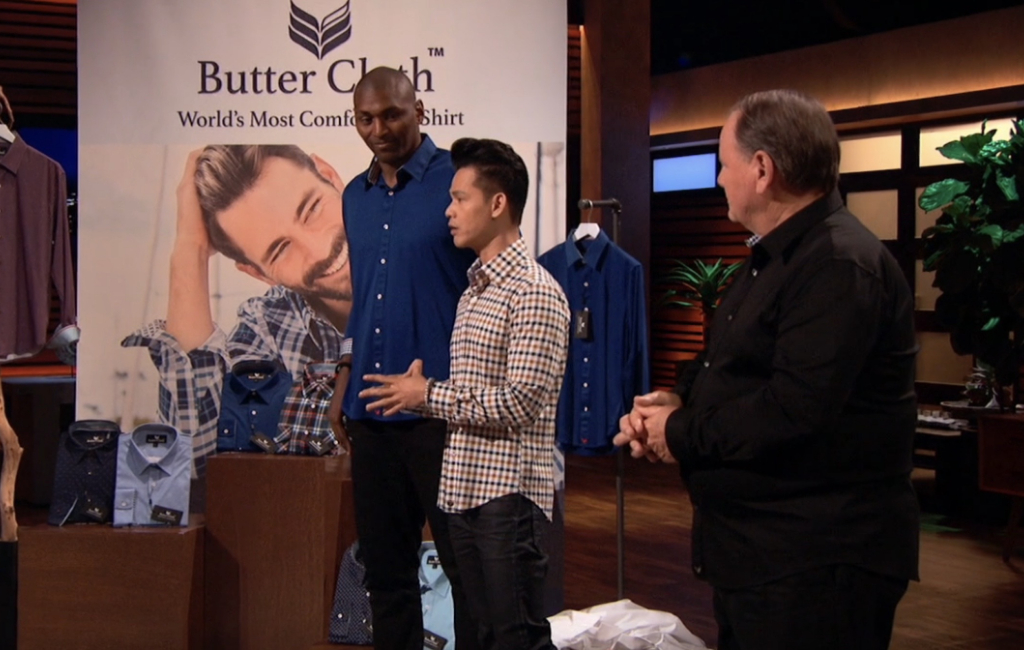
Danh Tran, with a unique and compelling background, plays a pivotal role in the company’s narrative. Originally from Vietnam, Danh grew up in a family where his parents ran a tailor shop. Despite familial pressure to pursue a more conventional career path, Danh’s passion for fashion design prevailed. At the age of 10, he began making his own clothes, a skill that would later become instrumental in the creation of Butter Cloth. Danh’s journey took a significant turn when he moved to America to pursue his dream of becoming a fashion designer. However, financial constraints prevented him from immediately attending fashion school.

Undeterred, he started his career at Mattel, crafting clothes for Barbie dolls. After diligently saving every dollar, he eventually fulfilled his dream by attending Otis, where he obtained his B.A. degree in fashion. The paths of Gary and Danh converged when Gary, already impressed by the comfort and versatility of Butter Cloth, observed Danh’s dedication and remarkable skills in sales and marketing. This collaboration marked the beginning of Butter Cloth’s journey, combining Gary’s entrepreneurial vision with Danh’s genuine passion for fashion and craftsmanship. Together, they embarked on a mission to make the world a softer place, one shirt at a time.

The Product
Butter Cloth presents a groundbreaking solution to the discomfort associated with traditional dress shirts. The key innovation lies in its fabric—a unique blend of 100% natural, sustainable, long-fiber cotton. This fabric not only ensures a soft and luxurious feel but also offers a remarkable six-way stretch, providing unparalleled comfort.
The shirts are designed to strike the perfect balance between casual comfort and professional appearance. Described as feeling like being wrapped in a hammock in the Caribbean, Butter Cloth shirts transcend the stiffness of typical dress shirts. They are carefully crafted to offer breathability, allowing wearers to feel at ease in various settings, whether it’s a casual day out or a formal business meeting. The fabric’s flexibility makes it ideal for activities such as running or playing basketball, catering to individuals with an active lifestyle.
Available in various styles, Butter Cloth shirts can be purchased online, offering the convenience of direct access to their unique product line. The price range for these shirts is between $98 and $118, reflecting the quality of the fabric and the meticulous craftsmanship involved in their production. With a strict online sales model, the company leverages platforms like Facebook and Instagram for marketing, making these innovative and comfortable shirts accessible to a diverse audience seeking a perfect blend of style and comfort.
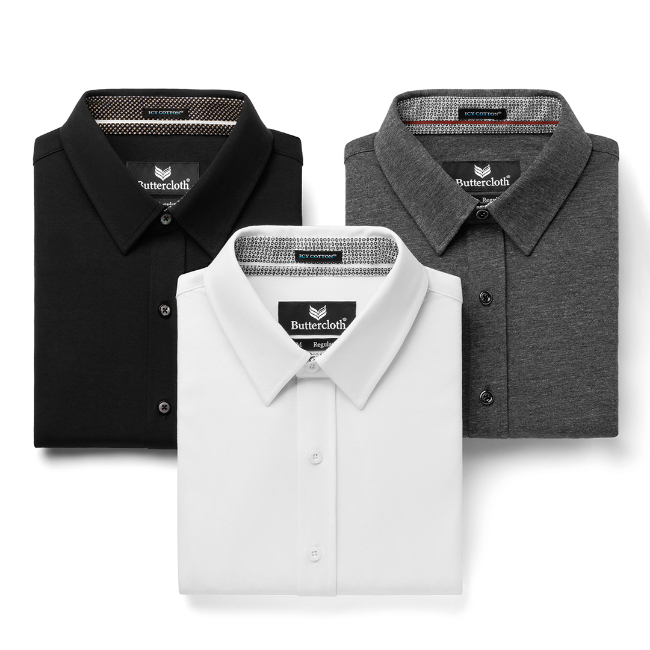
How It Went
The company’s position before Shark Tank
Butter Cloth has demonstrated robust performance since its inception, showcasing a healthy financial position and strategic growth. In the seven months since its establishment, the company has achieved an impressive sales figure exceeding $500,000, attesting to the strong market demand for their innovative shirts. As for partnerships, the company has not disclosed specific information about partners or wholesalers in the provided transcript. However, their strictly online sales model, utilizing platforms like Facebook and Instagram for marketing, suggests a direct-to-consumer approach, potentially minimizing reliance on traditional wholesalers.
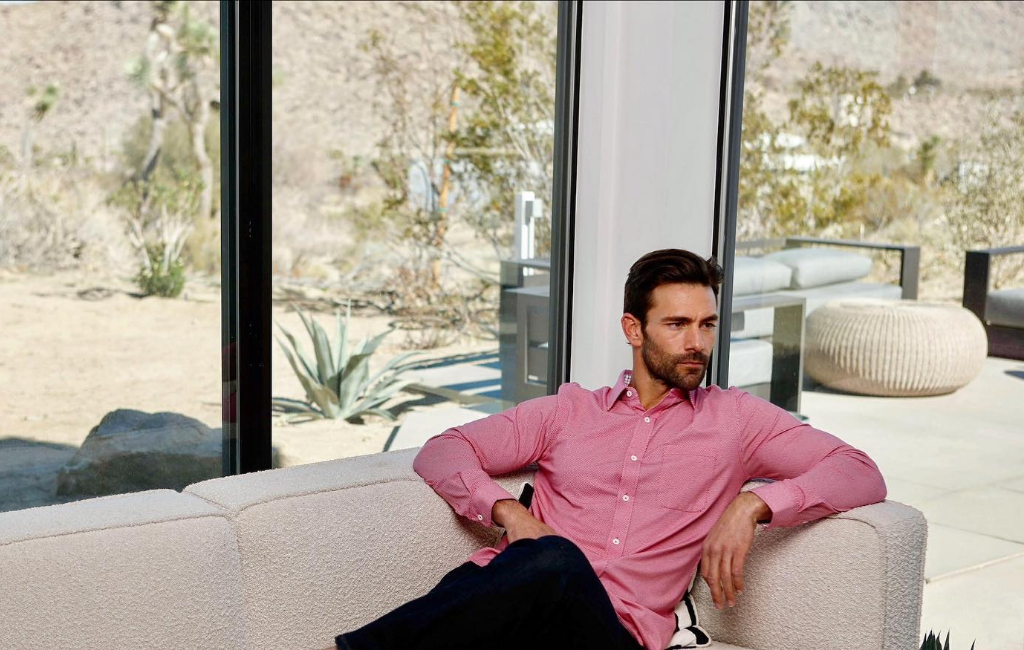
The customer base for Butter Cloth is diverse, attracting individuals seeking a unique blend of comfort and style. The shirts’ appeal spans various demographics, and the company primarily reaches its audience through digital marketing channels, specifically Facebook and Instagram. Funding for Butter Cloth has primarily come from the founders themselves, with Gary Falkenburg and Danh Tran investing a significant amount of their own money to support the venture. Danh’s commitment is highlighted by his decision to quit his job, sell his house, and cash out his 401(k) to contribute to the company’s growth.
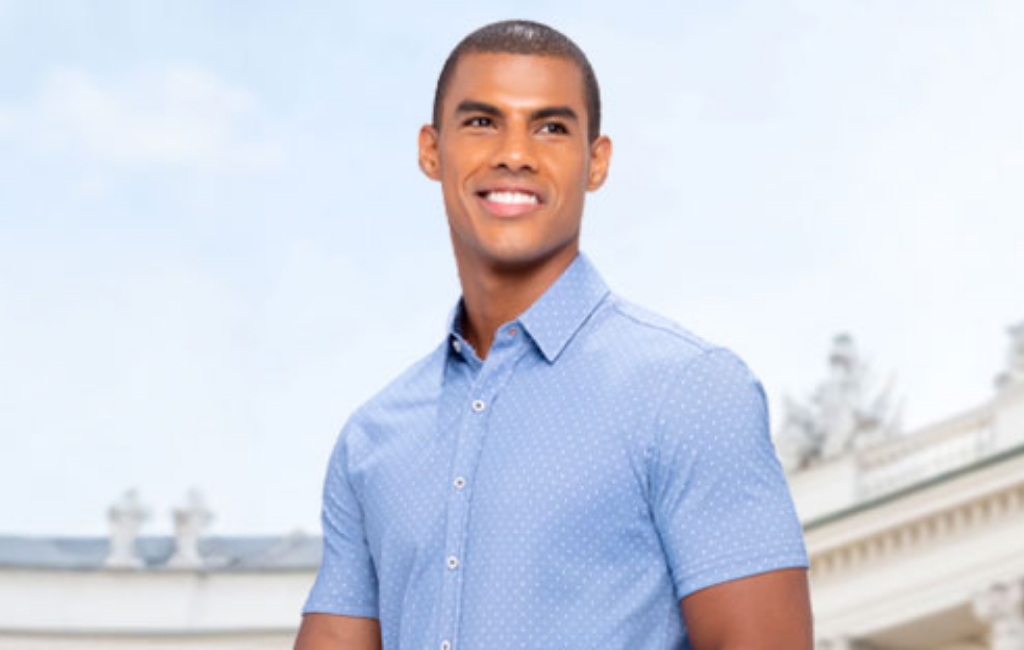
The founders have invested $240,000 of their own funds into the business. In summary, Butter Cloth has made substantial strides in a relatively short period, leveraging online platforms and direct consumer engagement to achieve notable sales figures. The founders’ significant personal investment underscores their commitment, and the company appears well-positioned for further growth and success.
The Negotiations:
The negotiation for Butter Cloth on Shark Tank unfolded with Gary Falkenburg and Danh Tran seeking a $250,000 investment for a 10% equity stake in their innovative shirt business. The pitch garnered interest from the sharks, leading to an offer from Robert Herjavec. Robert proposed a $250,000 investment but for a larger equity share of 25%. This offer reflected his belief in the potential of the product and the value he could bring to the business.
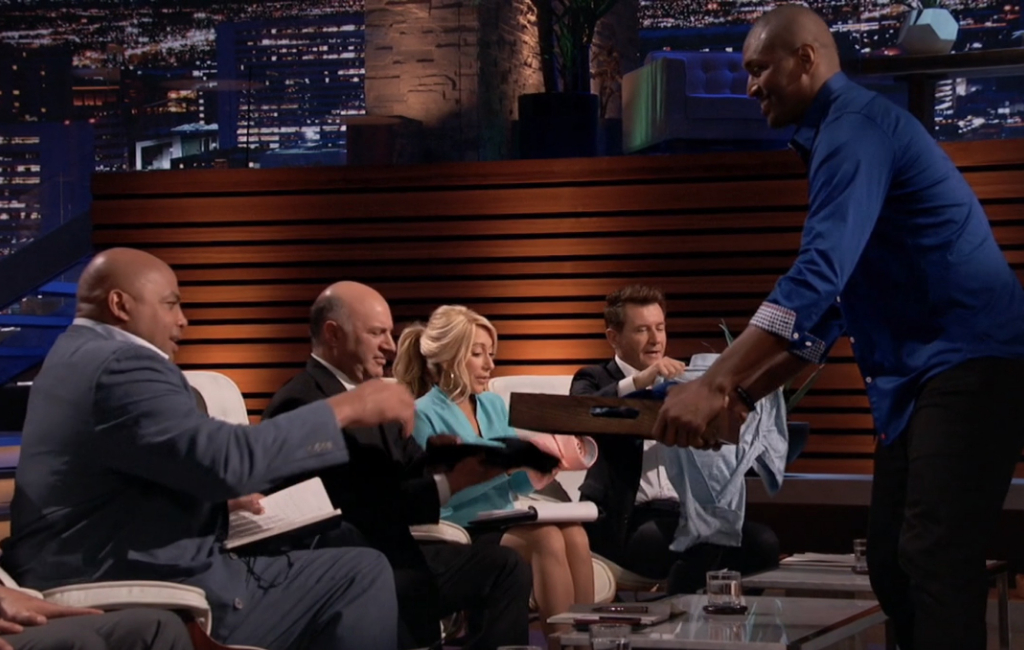
The negotiation took an unexpected turn when Lori Greiner, Mark Cuban, and Kevin O’Leary bowed out, expressing concerns about the competitiveness of the clothing industry and the allocation of funds between inventory and marketing. Lori, having prior experience in the clothing business, decided to abstain to avoid any potential conflicts with her existing ventures. Mark Cuban provided valuable advice on the importance of reducing customer acquisition costs and optimizing marketing strategies. However, he ultimately chose not to invest due to reservations about the balance between advertising and inventory.
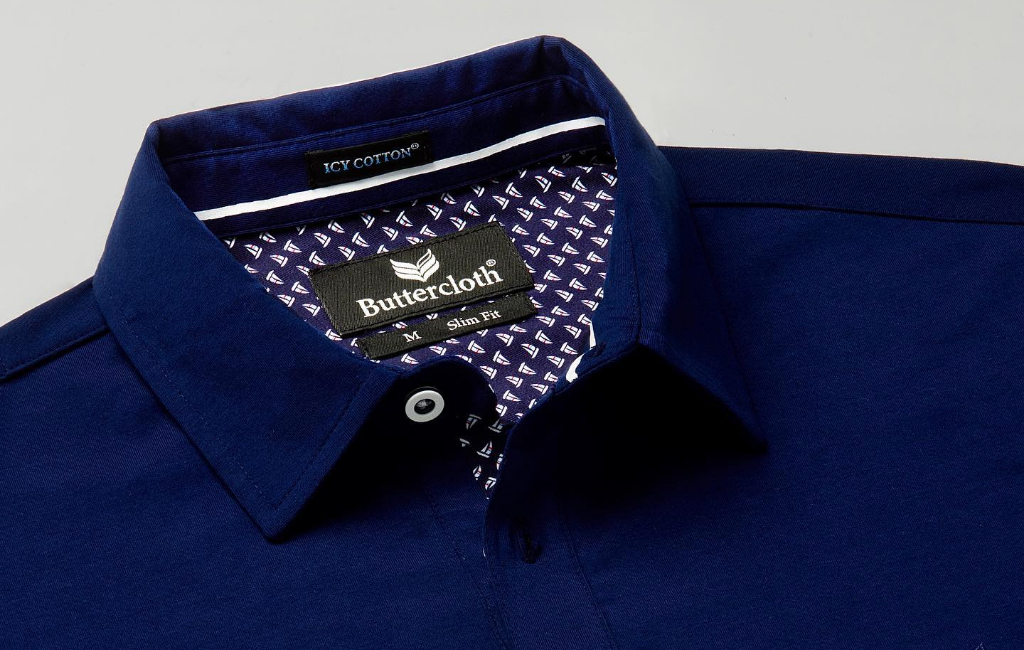
Facing Robert’s offer of $250,000 for 25%, the founders took a brief moment to deliberate. After a short discussion, Danh and Gary accepted Robert’s offer, securing a deal that would provide the necessary capital to fuel their inventory and marketing efforts. The negotiation concluded with a sense of excitement and accomplishment as the founders expressed their gratitude for the opportunity to work with Robert and elevate Butter Cloth to new heights. The deal marked a pivotal moment for the company, propelling them forward with the support and expertise of a seasoned shark investor.






